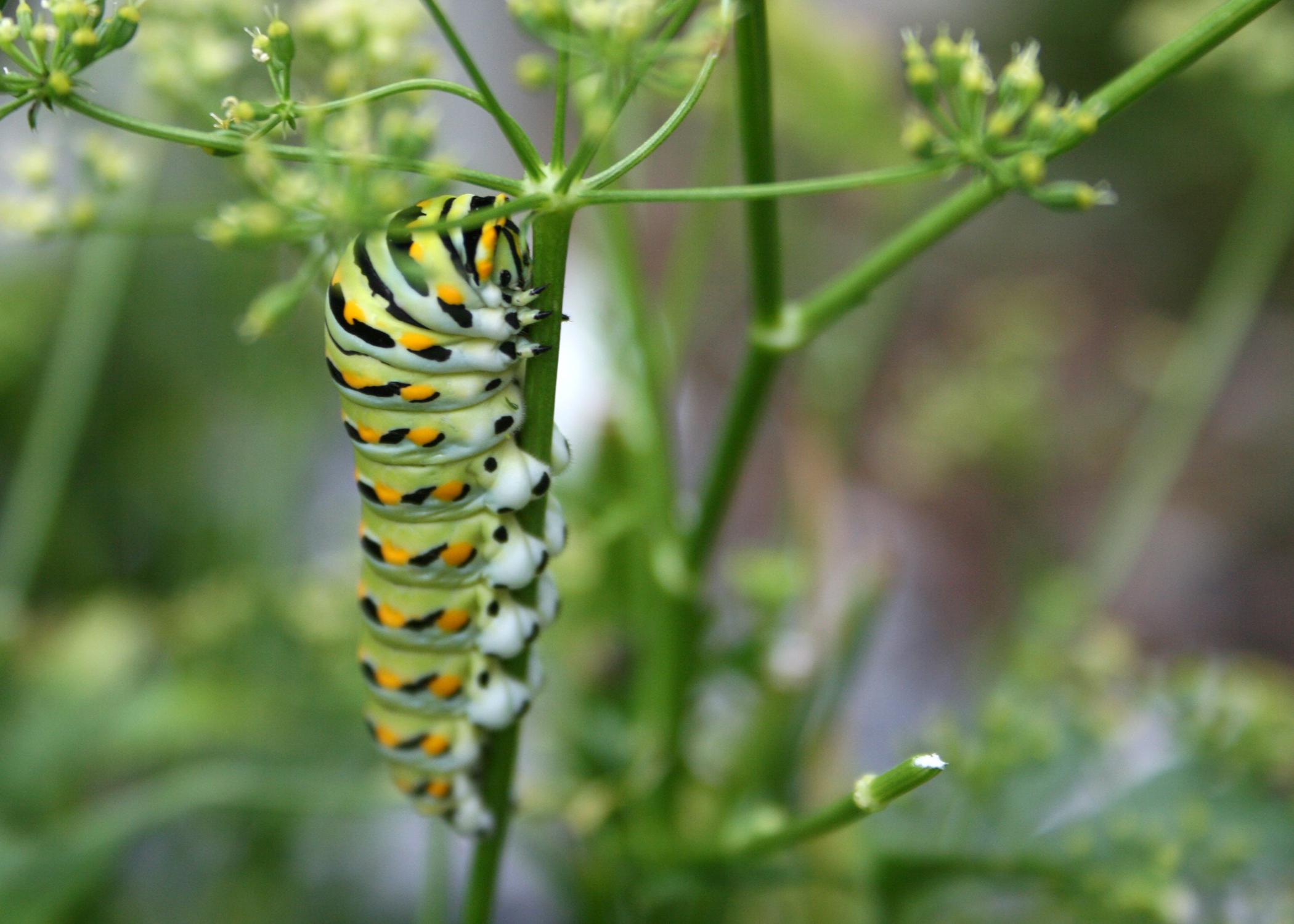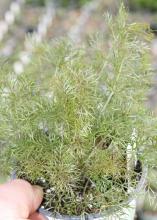Information Possibly Outdated
The information presented on this page was originally released on May 23, 2022. It may not be outdated, but please search our site for more current information. If you plan to quote or reference this information in a publication, please check with the Extension specialist or author before proceeding.
Make areas friendly for swallowtail butterflies
There is a lot of attention being paid to helping Monarch butterflies, and why not? These amazing insects are the only butterfly species known to have a migration pattern much like birds.
Using environmental cues, they migrate south in the fall to overwintering grounds in Mexico. In the spring, they migrate north to breeding grounds all across North America. For some, it is an amazing 3,000-mile journey.
To help Monarchs on their incredible journey, many gardeners primarily plant Asclepias and closely related species to provide forage plants for the hungry caterpillars.
But today, I want to talk about forage plants for what I think are equally important butterfly visitors. Though the various swallowtail butterflies aren’t world travelers, I do love seeing them in my home garden and landscape.
Great choices for swallowtail caterpillar forage plants are dill, fennel and parsley.
Every spring, I get at least one call from a panicked home gardener telling me that caterpillars are rapidly eating the herbs being grown for home dinner use. They want to know what to use to get rid of these caterpillars. After talking them back from the ledge, I explain that dill, fennel and parsley are the natural forages of swallowtails.
I grow a lot of dill because my wife and I also grow pickles -- well, pickling cucumbers. Each jar of dill pickles we make gets a dill flower head. Because of the amount of dill we grow, we always have lots of caterpillars.
The primary dill we grow is Bouquet, because this selection has big flower heads that are up to 6 inches across. This year, I’m growing a couple dill varieties that are new to me: Mammoth and Dukat. I’ll let you know how they turn out.
Dill is easy to grow. About every three weeks, my wife goes around the garden and sprinkles a few dill seeds where they easily germinate and provide interest and forage in various places.
I’ve found that parsley and fennel are a little more difficult to grow from seed tossed around the garden. I think it’s easier to use transplants from the garden center.
The flat-leaved parsley seems to be a better choice for caterpillar forage than the fancy, curled leaf kind, maybe because it’s easier for the caterpillars to move around.
As far as fennel goes, I like the bronze varieties because they’re a bit of a different color in my herb garden. The bronze fennel makes a small bulb, while white varieties like Florence make bigger bulbs that are ideal for culinary use.
Growing dill, fennel and parsley for the swallowtails can be challenging because we can get into competition with the caterpillars. The solution is to simply plant enough for both your dinner table and the hungry swallowtail caterpillars.





